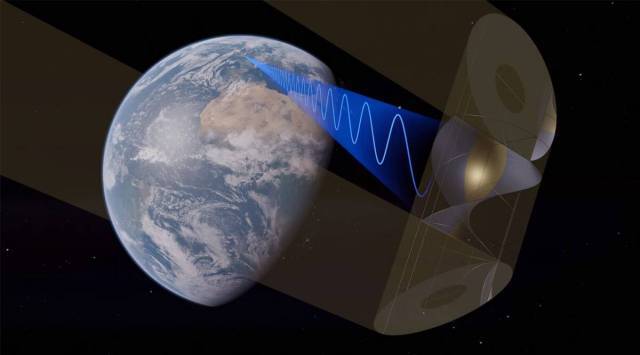RBI is planning to use the lightweight payment system for emergencies and as an alternative to UPI, NEFT, and RTGS.
Member states of the World Health Organization accepted a draft resolution that proposed developing a Global Plan of Action for the Health of Indigenous People during the World Health Assembly.
The plan
The status of Indigenous people
The United Nations Permanent Forum on Indigenous Issues established in 2000, provides advice and recommendations on indigenous issues to the Economic and Social Council.
China launches Shenzhou-16 mission to Chinese space station.
Japan is aiming to launch solar panels into orbit and transmit electricity to the ground using microwaves.
Japan’s plans to build a solar power plant in space

The excavations at Purana Qila reveal pre-Mauryan era settlement.
The excavations